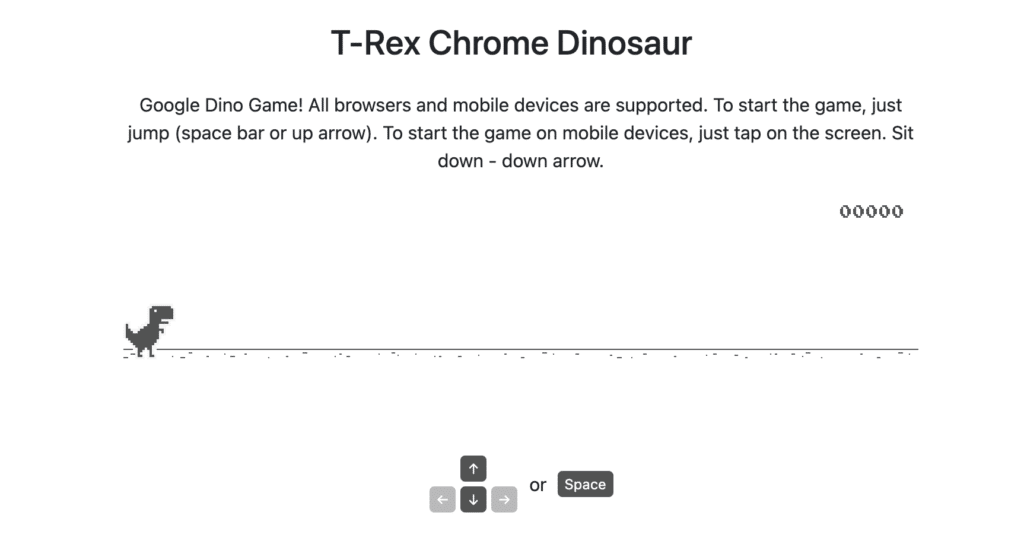What makes a great designer?
#birthday-reflection
What makes a great (product) designer?
If you ask AI, here’s what you might get: A great designer is someone who creates innovative solutions to meet the needs of users. They possess creativity, empathy, and excellent collaboration and communication skills. Attention to detail, analytical thinking, and problem-solving abilities are also crucial.
In my opinion, a great designer is always curious and empathetic. They must maintain curiosity to diligently identify the root causes of issues. Additionally, their empathy enables them to develop simple and effective solutions. While the solution may be innovative and noble, efficiency and providing a frictionless experience remain fundamental.
When focusing more on the “product” or “business” aspects, strategized thinking, prioritization, collaboration, communication, and creative problem-solving become crucial factors defining a good product designer. What sets great designers apart from good designers is their commitment to going the extra mile to ensure a truly delightful experience for users throughout their journey: careful attention to intuitive and consistent user experiences, aesthetically pleasing designs, and smooth interactions and transitions. In my opinion, a well-designed product should go beyond functionality and prioritize the creation of a seamless and enjoyable experience that surpasses expectations. This is precisely what a great product designer aims for.
A delightful experience is a positive and memorable interaction that exceeds basic expectations. One example I particularly enjoy is the Google Dino game, which users can play in the Chrome browser when they are offline. Rather than simply notifying users of the lack of internet connection, Chrome takes it a step further by offering a fun and engaging game.
I find the reference to the “prehistoric” concept in the Chrome dinosaur offline game rather clever. The game was affectionately named “Project Bolan” as a tribute to Marc Bolan, the frontman of the legendary rock band “T-Rex” from the 1970s. While designing the game, the engineers considered adding features like roaring and kicking for the dinosaur but ultimately decided to keep the game intentionally simplistic or “prehistoric.”
This thoughtful addition not only helps alleviate the frustration caused by the lack of internet access but also enhances the overall user experience. It demonstrates the value of design that aims to create such enjoyable moments.


